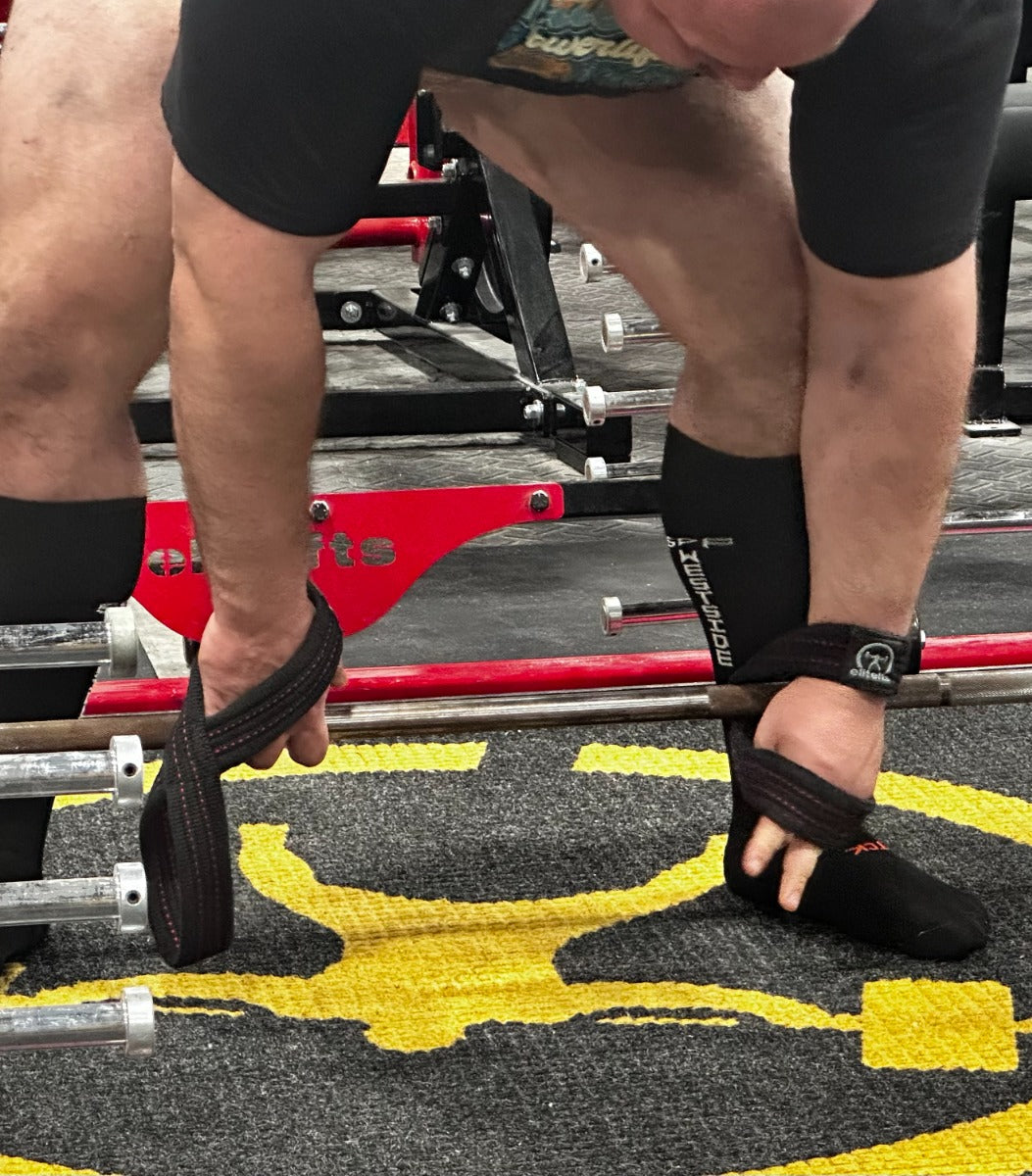THE NEED TO SEE
Seeing the ice and having situational awareness are essential for success in hockey. ~ By Kevin Hartzell
"I have been noticing everywhere I go, a “be kind” movement. I see the “be kind” or “Make America Kind Again” shirts at the workout club. TV commercials say, “When we all play, we all win.” Signs on the front of houses say, “Hate not welcomed here.” And I must say, I like much of what I see and feel when I am out and about. I think people are more conscious of being courteous to one another. This is all great. I have been watching more hockey than I have in some time. Mostly high school and youth. I am enjoying this. What I see is increased skill at every level than in just the recent past. Hockey is in good shape physically. But I see a lot of passive participation as well. I see way too many robotic players. Robotic as in participants along for the ride, performing their skill with too little thought. Not thinking, certainly not “seeing” and responding. I don’t believe players are getting any smarter or more instinctual on the ice, which is a requirement for becoming good at a game where “reading and reacting” as an individual and a team is very important. Maybe this is not surprising. Many players have struggled with this in the past as well. But in this time where the game is improving skill-wise, why does the “thinking” part of the game still struggle as much as ever? I think it’s tied a bit back to this “be kind” movement, or the “we all play, we all win” type of thinking. Don’t get me wrong, participation for kids is a good thing. But as time moves along, participation is NOT the trophy. Learning how to commit to a team and how to commit to being a great functioning teammate and team is the goal. It always has been the goal. I had a friend lamenting his challenge of not getting his group of youth girls to understand some certain basic concepts. As he lamented his lack of progress, I interjected that you can tell them all you want, but “if they don’t see it, they won’t understand it.” For his girls, or any players, just to hear the concept might mean something, but they must “see” it, to understand it and apply it on the ice. It’s called situational awareness. In hockey we also call it “seeing the ice.” It never ceases to amaze me to see how many players don’t see the ice or how many people do not have situational awareness in life. I had a junior age lad at the NA3HL tournament in Blaine ask me this very week what it is I looked for in players back in my days in the USHL. I answered that I looked for players who could see (and then think) the game and apply their unique skills to the game. Some players need to be more cerebral than others, but all need to be situationally aware. Two points of emphasis to help those players and coaches who want and need to improve on “seeing the ice.” First: Head and eyes moving. Head and eyes moving when we drive our car. Head and eyes moving when we navigate socially or professionally. And head and eyes moving when we play the game of hockey. What we do not see, we cannot adjust to. We cannot be a good team out on the ice if individuals and “the group” cannot identify and solve ongoing challenges together. It is a major fault in the games I watch, this lack of “heads and eyes moving.” The number of puck-watchers – those who do not have their head and eyes moving, but watch only the play at the puck – is nothing short of an epidemic. If there is anywhere for coaches and players to begin their work, this is it. Get your head and eyes moving. This concept cannot start during a game. It starts on the way to the rink with preparing one’s equipment. It is being to the rink on time and having a personal plan in preparing for the practice ahead. Then, during the practice, during drills, having a purposeful head and eyes moving. If the drill has the puck going from A to B to C, players must at each point be taking a snapshot of the ice away from the puck before the puck is retrieved or comes to them. This “head and eyes moving” mantra/execution, needs to be a focal point in practice. Players and coaches alike can come up with their own way to train this into their plan, but it must be a focus.








































































































